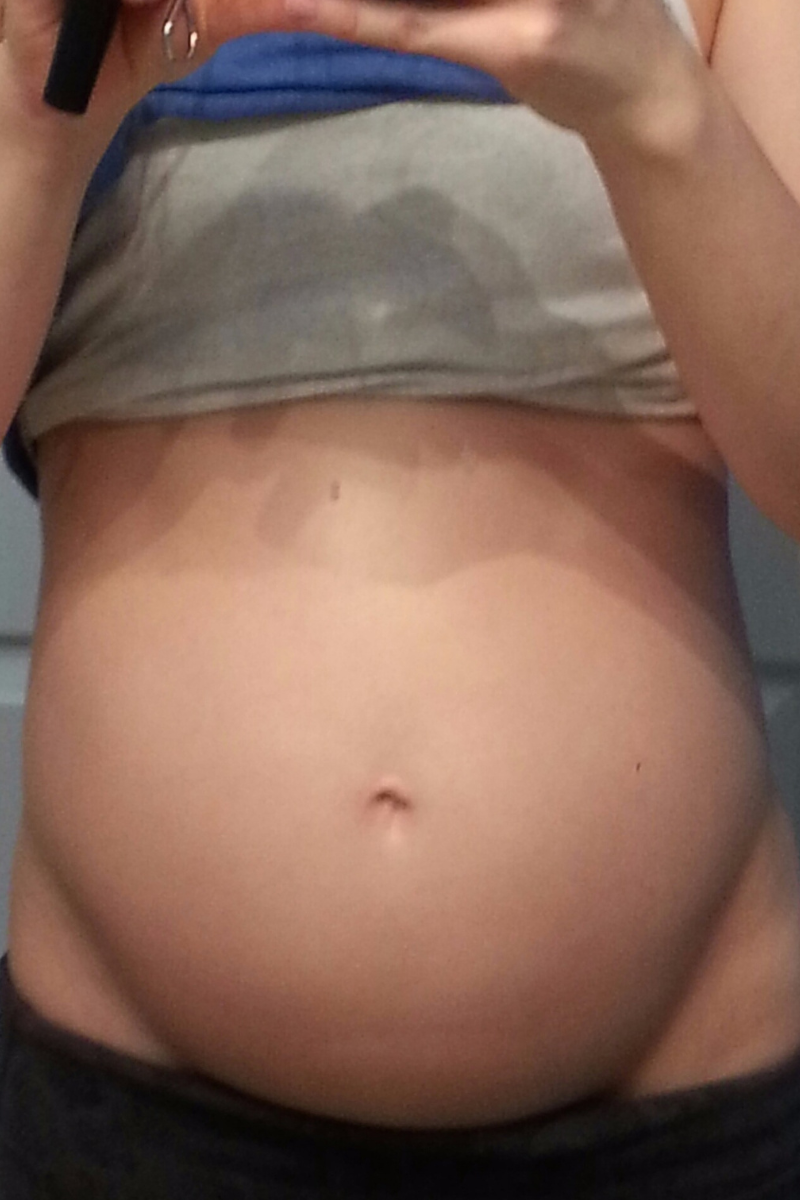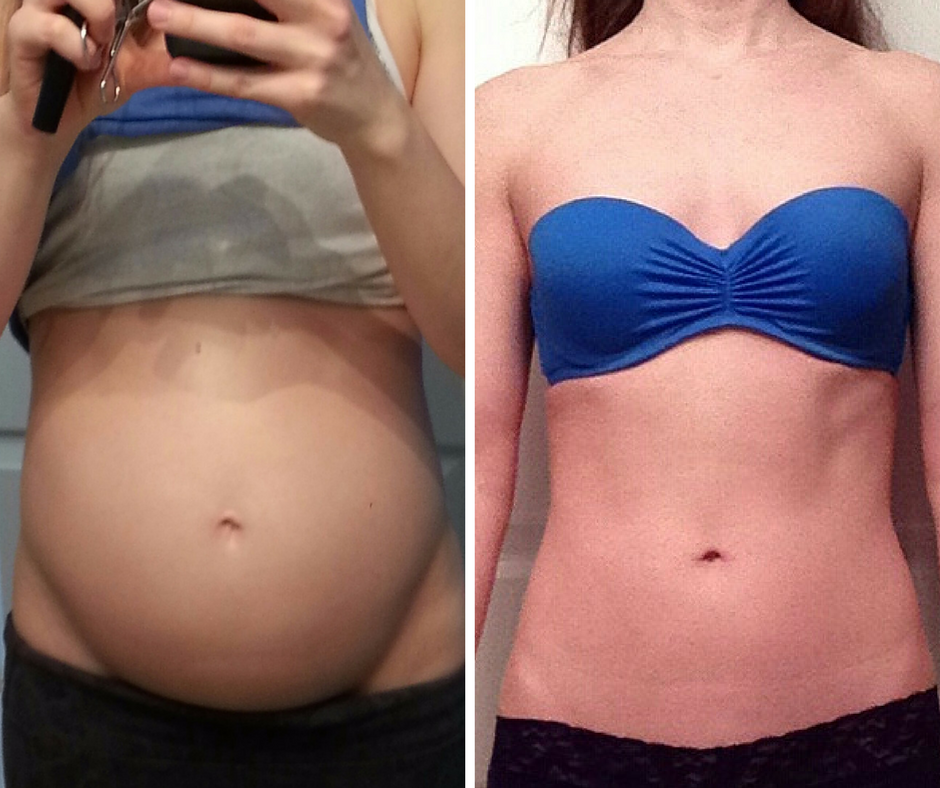I’ll be the first to say that, at first glance, the Low FODMAP diet is confusing as heck. For me, getting started on it was so daunting a task that I kept putting it off….and off…..until I had exhausted every other diet/supplement/superfood I thought would make my IBS symptoms go away. At that point I had two options: try the damn diet or continue struggling with my IBS belly. So I finally got started and within one week I saw a remarkable improvement.
If you’ve been putting off trying the Low FODMAP diet, I completely understand.
It’s a restrictive diet and there is always an event or occasion coming up that gives us an excuse as to why we can’t start. The important thing to remember is that the Low FODMAP diet is an elimination diet: it will only last two to six weeks, depending on the severity of your symptoms, before you can start reintroducing foods. You won’t be super restricted forever.
So let’s get started! Here are the key steps to make the switch to Low FODMAP easier:
Step 1: Get your Low FODMAP guide.
The most reliable guide is from Monash University (where the diet originated). You can download their app to your smart phone or purchase the physical guide from their website. The link for both options is here. Here are my condensed versions of the Low FODMAP and High FODMAP foods:
Avoid the foods on the High FODMAP list for now. Focus on the Low FODMAP foods. It’s important to note that FODMAP content for some foods is dependent on serving sizes. For example, broccoli is considered low FODMAP for a serving of 1/2 cup. A serving of 1 cup is high FODMAP. The Monash University guide details the serving sizes for each food so it is important to have.
Step 2: Start a Food Diary.
Before changing anything in your diet, it’s helpful to log your food for a couple days. Write down everything you eat for two or three days. Get as detailed as possible. Essentially you want to end up with a list of your most commonly eaten foods. So if you eat a varied diet you may want to log for a full week. Once you have your list- look over it alongside your FODMAP guide. Make note of where and when you are eating high FODMAP foods. Then make your notes of substitutes using the low FODMAP list.
For example:
- Breakfast: Whole grain toast with peanut butter. Coffee with milk.
- High FODMAP: Whole grain toast, milk
- Substitutes: White sourdough bread, lactose-free milk or almond milk
The reason I have people do this is so they don’t feel that they have to go out and get all new recipes for every meal. Trying to come up with completely new meal ideas is overwhelming when you are starting a new diet without working one-on-one with a nutritionist. Of course, if finding new recipes is your jam that is great too! But it’s perfectly fine to keep your meals as close to normal as possible with low FODMAP substitutions.
Getting into the habit of logging your food will also play an important part in assessing your reactions when reintroducing foods.
Step 3: Create a Shopping List.
Once you have your list of low FODMAP substitutions it’s time to go shopping.
With those three steps you are on your way to a successful start on the Low FODMAP diet.





+ show Comments
- Hide Comments
add a comment